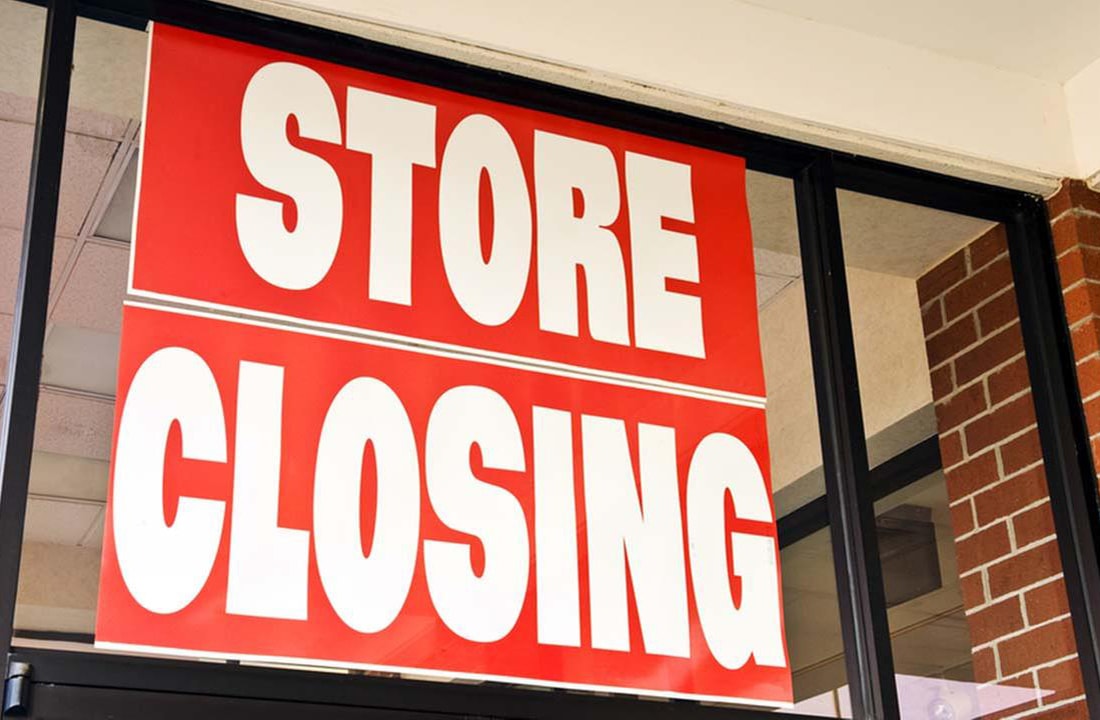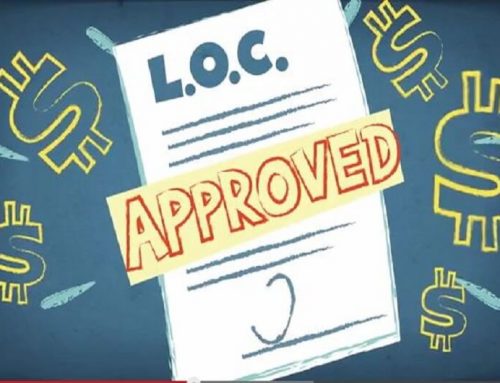Regardless of the business owners’ intentions, all businesses can fail. However, when someone is starting a new business, the last thing needed on one’s mind is failure. It is wrongfully said that most businesses fail during the first year. According to statistics published by the Small Business Administration (SBA), only 30% of new businesses fail during the first two years of being open, 50% fail during the first five years and 66% during the first 10. We will address some of the 5 most common reasons why small businesses and start-ups fail and how they should avoid then in order to improve their chances of success.
Mistake # 1 – Poor Planning
It does not matter how strong is your gut feeling or how everybody around you keeps telling that you have a great idea… It does not matter. All entrepreneurs MUST have a business plan. Regardless of how short or how elaborate your business plan is, it will help you to focus on your goals and objectives along with the plan that needs to be followed in order to fulfill them. A business plan is a blueprint that helps business owners understand the market (by studying it when elaborating the business plan), where their business stands, how can they compete and how many customers they need to close in order to succeed. Your business plan will always remind you your business overall health by outlining the relationships between operating expenses, costs, profits and margins. Of course, a business plan is not bullet proof and you need to revisit and revise it every 6 months or annually. Most small businesses that fail have poor planning as their main reason for failing because entrepreneurs do not put enough time and research into a business plan.
Mistake # 2 – Insufficient Capital (Undercapitalization)
Undercapitalization is the right term for insufficient funds. When drafting a business plan, budget is a main topic. You need to determine how much money your business will require in order to last to the point where it is up and running and money is flowing in. Many entrepreneurs draft their startup cost, but underestimate the cost of staying in business until the business is self-sustained. Take into consideration that many businesses take up to a year or two to get going. Therefore, you will have to create and use a realistic business budget (considering that sometimes businesses are slow to get off the ground), and not constantly drain the business income on personal spending. Trying to stretch your finances at the beginning of your startup may mean that your business will never get off the ground, and you’ll still have a lot of cash to repay.
Mistake # 3 – Growing Too Fast (Over expanding)

Set systems in place before growth
Growth is definitely the main goal of every business owner, but overexpansion is an error that can easily kill a business in record time. Overexpansion often happens when entrepreneurs confuse success with how fast they can expand their business. New businesses can attract a lot of attention or buzz, and business owners may suddenly find new opportunities for their trending products and/or services. It is not advisable to pursue every chance to expand without previous planning and management in place. Some entrepreneurs forget that growth also brings added overhead and overall cost which is why is extremely important to set realistic goals and grow at a slow and steady pace in order to be prepared for the upcoming success. Of course, you do not want to repress growth. Some clear signs that an expansion is needed are the inability to fulfill customer needs in a timely basis, and employees having difficulty keeping up with production or customers’ demands. If these conditions meet, take your time to careful review and plan and then, with the right systems and people in place, you can focus on the growth of your business.
Mistake # 4 – Ineffective Marketing
If you build it, they will come! No longer applies to businesses nowadays. Along with a well-drafted business plan, you need a very detailed marketing plan including budget allocation towards marketing. Your business will need customers and there is cost associate to acquire customers and several methods and strategies to do so. You see, customers can’t do business with you if they don’t know you’re there… as simple as that. Nowadays, if your business doesn’t have a website, is doomed to fail. Furthermore, in a digital era, it doesn’t cost a lot to advertise and promote your business through online marketing, social media, email, local search, and more. If you have a brick and mortar business (storefront), location is key… don’t cut edges.
Mistake # 5 – Lack of Adaptability
It doesn’t matter the industry where your business operates, competition is tough. You can have the perfect product, the perfect team, and the lowest prices in the market; but gaining market share will still be brutal. You, as the head of your business, need the ability and open mind to recognize opportunities and trends as well as enough flexibility in order to adapt since adaptability is crucial to surviving and thriving in every market. A clear example is how successful phone repair stores responded to a demanding market and evolved from performing computer repairs only. Those companies still providing computer-related services only are suffering because of their lack of adaptability.



First, cash flow is the main problem. Most small businesses do not have enough cash reserve.